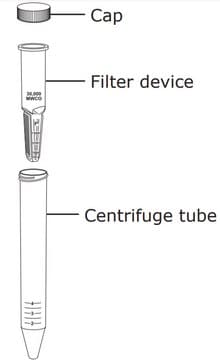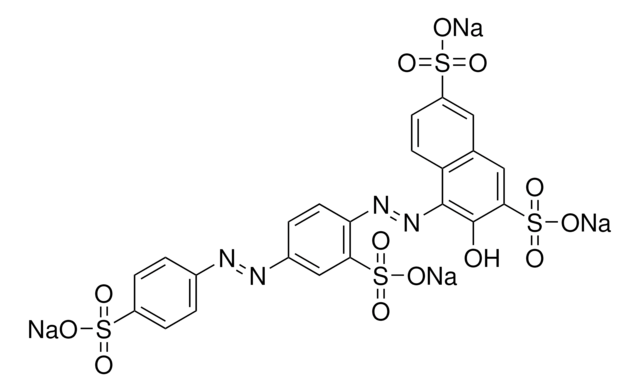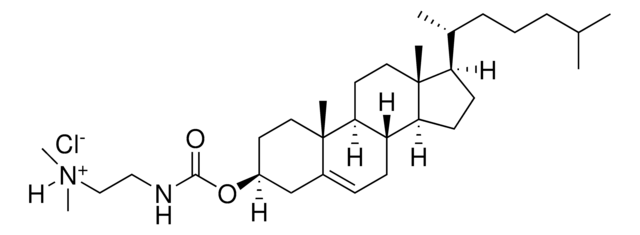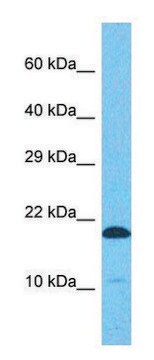ABS1064-I
Anti-Hypusine
Synonim(y):
N -4-amino-2-hydroxybutyl(lysine)
About This Item
Polecane produkty
pochodzenie biologiczne
rabbit
forma przeciwciała
serum
rodzaj przeciwciała
primary antibodies
klon
polyclonal
masa cząsteczkowa
observed mol wt ~45 kDa (Uncharacterized bands may be observed in some lysate(s).)
reaktywność gatunkowa
human
reaktywność gatunkowa (przewidywana na podstawie homologii)
mammals
izotyp
IgG
Warunki transportu
ambient
temp. przechowywania
−20°C
docelowa modyfikacja potranslacyjna
unmodified
informacje o genach
human ... DOHH(83475)
Specyficzność
Immunogen
Opis wartości docelowych
Postać fizyczna
Rekonstytucja
Przechowywanie i stabilność
Oświadczenie o zrzeczeniu się odpowiedzialności
Nie możesz znaleźć właściwego produktu?
Wypróbuj nasz Narzędzie selektora produktów.
Certyfikaty analizy (CoA)
Poszukaj Certyfikaty analizy (CoA), wpisując numer partii/serii produktów. Numery serii i partii można znaleźć na etykiecie produktu po słowach „seria” lub „partia”.
Masz już ten produkt?
Dokumenty związane z niedawno zakupionymi produktami zostały zamieszczone w Bibliotece dokumentów.
Nasz zespół naukowców ma doświadczenie we wszystkich obszarach badań, w tym w naukach przyrodniczych, materiałoznawstwie, syntezie chemicznej, chromatografii, analityce i wielu innych dziedzinach.
Skontaktuj się z zespołem ds. pomocy technicznej






